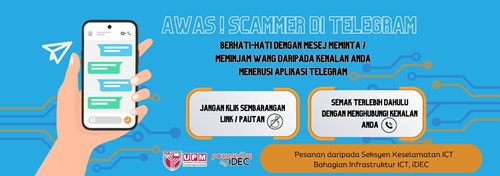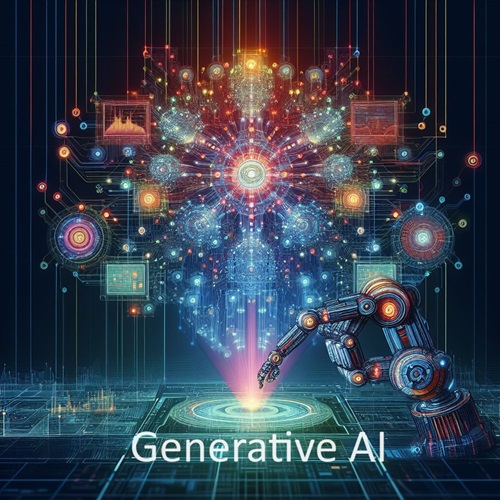Exploring the World of Generative AI
In a world that is increasingly crowded with technological advances, there is a field that is attracting more and more interest - Generative AI. Generative AI is an invention that allows computers to generate new data that has never been seen before, including images, music, text, and more. It combines concepts from machine learning, neural networks, and search algorithms to create something new and original.
How Does Generative AI Work?
Generative AI operates by using complex machine learning models, especially structured neural networks in the form of "generative adversarial networks" (GANs) or "transformers". GANs consist of two neural networks, a generator and a discriminator, which compete with each other to create and identify fake data from real data. Meanwhile, transformers, as used in GPT (Generative Pre-trained Transformer) models, use conversations as input to produce quality text.
Generative AI applications
Generative AI has a variety of interesting applications in various industries:
- Art and Creativity: In digital art, it is used to create unique images and music, enriching the artist's portfolio with inspiring results.
- Design and Graphic Designer: In the video game and animated film industry, Generative AI helps in the development of realistic nature and stunning visual effects.
- Personal Intelligence: In personal assistants and chatbots, Generative AI enables more human and continuous responses, supporting more natural interactions.
- Science Research: In science, Generative AI is used to predict new molecular structures in chemistry, helping in the search for new drugs and substances.
- Creativity in Writing: In writing and digital content, applications such as GPT-3 allow writers to produce quality and creative texts, helping in writing articles, articles, and more.
Challenges and Issues
Although Generative AI brings great benefits, it also raises several challenges and ethical issues:
- Originality and Copyright: How to deal with works produced by AI in terms of copyright and intellectual property?
- Manipulation and Fraud: Is it possible to misuse Generative AI to falsify information or images?
- Limits of Consciousness: Is Generative AI at risk of becoming too "smart" and capable of producing misleading or harmful content?
- Discrimination and Bias: How to prevent implicit bias in training data from seeping into the results produced by Generative AI?
Conclusion
Generative AI opens the door to new possibilities in machine creativity and wide-ranging practical applications. With every step forward in this technology, we need to consider its ethical and social implications and ensure that its use benefits society as a whole. By continuing to explore and understand its potential and challenges, Generative AI has the potential to change the landscape of creativity and innovation in the future.
Prepared by:
Ts. Mohd Rizal Khanafie




























